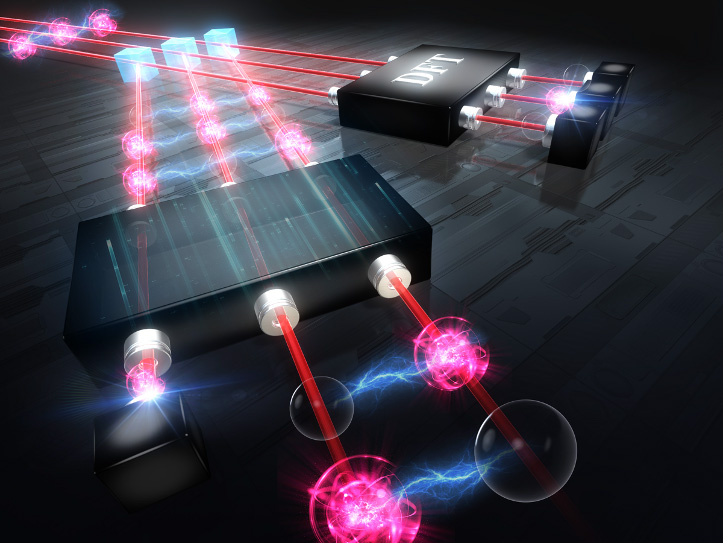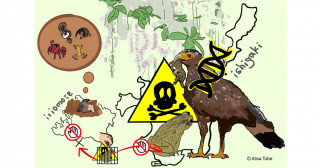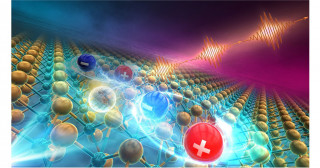Kyoto, Japan -- Quantum objects, such as electrons and photons, behave differently from other objects in ways that enable quantum technology. Therein lies the key to unlocking the mystery of quantum entanglement, in which multiple photons exist in multiple modes or frequencies.
In pursuing photonic quantum technologies, previous studies have established the usefulness of Fock states. These are multiphoton, multimode states made possible by cleverly combining a number of one-photon inputs using so-called linear optics. However, some essential and valuable quantum states require more than this photon-by-photon approach.
Now, a team of researchers from Kyoto University and Hiroshima University has theoretically and experimentally confirmed the unique advantages of non-Fock states -- or iNFS -- complex quantum states requiring more than a single photon source and linear optical elements.
"We successfully confirmed the existence of iNFS using an optical quantum circuit with multiple photons," says corresponding author Shigeki Takeuchi at the Graduate School of Engineering.
"Our study will lead to breakthroughs in applications such as optical quantum computers and optical quantum sensing," adds co-author Geobae Park.
The photon is a promising carrier because it can be transmitted over long distances while preserving its quantum state at constant room temperature. Harnessing many photons in multiple modes would realize long-distance optical quantum cryptography, optical quantum sensing, and optical quantum computing.
"We painstakingly generated a complex type of iNFS by utilizing our Fourier transform photonic quantum circuit to manifest two photons in three different pathways, which is the most challenging phenomenon of conditional coherence to achieve," explains co-author Ryo Okamoto.
In addition, this study compared another phenomenon to the widely applied quantum entanglement, which appears and disappears by merely traversing a single linear optical element. Quantum entanglement is a quantum state with two or more correlated states in a superposition between two separate systems.
"Surprisingly, this study demonstrates that iNFS properties do not change when passing through a network of many linear optical elements, marking a leap in optical quantum technology," notes co-author Holger F Hofmann at Hiroshima University.
Takeuchi's team posits that iNFS exhibits conditional coherence, a somewhat mysterious phenomenon, where detecting even one photon signifies the existence of the remaining photons in a superposition of multiple pathways.
"Our next phase is realizing larger-scale multiphoton, multimode states, and optical quantum circuit chips," announces Takeuchi.

Credit: KyotoU/Shigeki Takeuchi
【DOI】
https://doi.org/10.1126/sciadv.adj8146
【KURENAI ACCESS URL】
http://hdl.handle.net/2433/286494
Geobae Park, Issei Matsumoto, Takayuki Kiyohara, Holger F. Hofmann, Ryo Okamoto, Shigeki Takeuchi (2023). Realization of photon correlations beyond the linear optics limit. Science Advances, 9(51):eadj8146.





